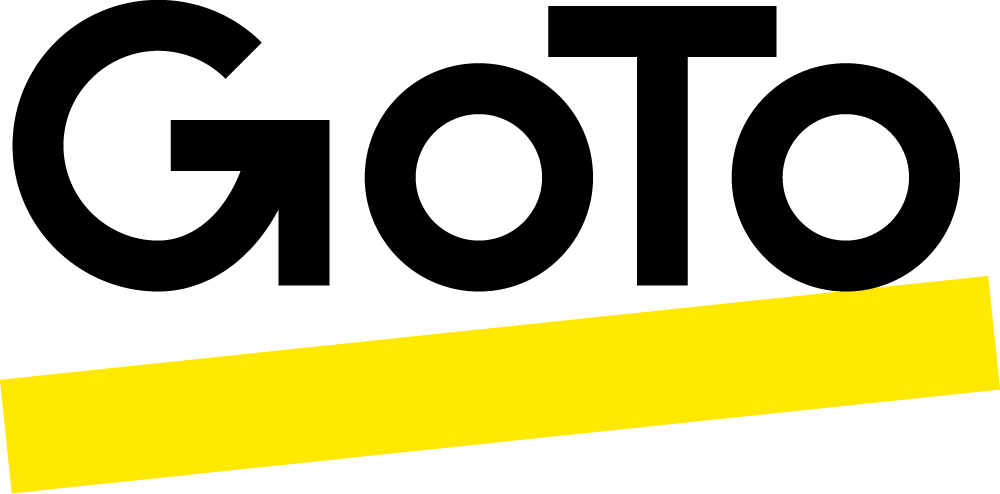What is a virtual event? A virtual event is an online event that involves people interacting in a virtual environment. Virtual events can be single-session webinars or multi-session, multi-day online events involving webinars and webcasts. They are highly interactive and aim to mimic the experience of their physical counterparts.
So why use a specific virtual event feature instead of relying on basic web conferencing tools? The key is simplicity. A multi-day, multi-session virtual event can be wrapped into one neat, cohesive experience. And even better — one registration for attendees. Plus, you get advanced analytics and interactive features. Ready to learn more?
5 things to know:
- Manage Licensing. If events are running concurrently, you’ll need a separate license for each session. Make sure you understand your organization’s event calendar and licenses available. A virtual event may have both Live Webcast and Recorded events scheduled.
- Use Recorded Sessions. The new Recorded Session (aka Simulated Live) functionality allows organizers to create and schedule both live webcasts and pre-recorded events within a virtual event. This is a huge benefit, as it allows you to pre-record a session (make sure you test the video ahead of time) then upload the recording to automatically play at a scheduled time and date within their virtual event — as if it were a live webinar! Recorded sessions help to ensure that a virtual event goes smoothly, and it takes the stress out of running an event.
- Schedule Breaks. To avoid having your attendees and presenters rush from session to session, schedule a 10-15 minute break between each event. Screen fatigue is real, no matter how engaging your content and speakers are, and you’re going to need that time to regroup if you’re on all day. Your attendees will thank you, as will your future self. Take that time to grab a quick snack, take in some fresh air, or whatever your favorite de-stress method may be.
- Have a backup organizer. Add them as a panelist and then promote them to an organizer during the pre-session. Pro-tip: if you use a GoTo Event Services Producer, they will be your backup and provide assistance in case of any unforeseen circumstances. They can also help answer attendee and panelist technical questions, so you don’t have to worry. You only need one backup, whether it’s someone from your organization or an Event Services Producer. Too many cooks in the kitchen — I mean organizers on a webinar — is unnecessary.
- Update your landing page. After creating the virtual event and before creating the individual sessions, add the Presenter(s) bio, image, and any other important information. This step will then simplify adding the presenter’s information to each separate session. Once you start adding sessions, you can simply select the panelist(s) from your main list. This is especially helpful if you have multiple sessions with the same presenter(s).
In addition to our Event Services packages, we also offer advanced training, advice on presentation best practices, assistance in setting up a virtual event focusing on engagement features, editing a recording through the platform, and reporting analytics.
GoTo Webinar is your all-in-one virtual event platform. With customizable modes for single session or multi-day events, you’ll get insightful analytics and powerful integrations
Already a GoTo Webinar customer and read to collaborate with our knowledgeable event producers? Contact us today at event.services@goto.com to discuss the best solution for your upcoming virtual events.






